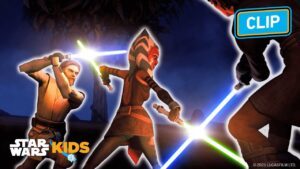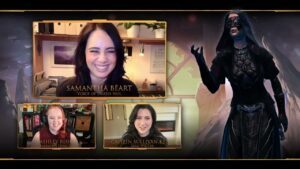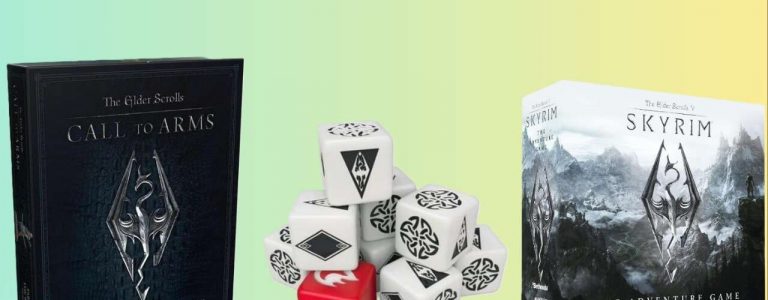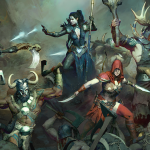Double Dragon Gaiden: Rise of the Dragons teaches an important lesson: when a strange man walks into your office carrying one of your friends, tells you he’s the new mayor, and that he needs your help to bring peace back to your fallen city, don’t believe him. It also teaches that melding roguelike elements and tag-team combat (a la Marvel vs Capcom) can make for a great foundation for an otherwise old-school side-scrolling beat ’em up. Of course, without being particularly remarkable in any other way, and occasionally just straight-up bad, there may not be much more to learn that other recent games couldn’t also teach you more effectively.
Compared to the likes of Streets of Rage 4 and River City Girls 2, DDG’s combat is very simple in execution. You won’t have to be familiar with platform fighters like Super Smash Bros to find the single-button combos and direction-plus-button special moves that games like it made popular to be very comfortable. Canceling normal attacks into big special moves feels great, and I liked the extremely generous windows you’re given to juggle enemies. This is fine on its own but the true depth lies in the tag system, which allows you to pick a pair of characters to clobber the streets with instead of just one.
The variety of fighters available to unlock and choose from is remarkable, less because there are 14 of them and more because they are all meaningfully distinct from one another. Boss characters can be unlocked for your use, and retain all of their unique actions that they used against you. Only a handful of characters can wield dropped enemy weapons; some can alley-oop enemies into their own air attacks; some can pick up objects in a room and bash heads with them.
If there’s any mechanical exploration to be done in DDG, it’s in how you can combine these characters into tag teams that complement one another. The most effective pairs cover for one another’s weaknesses and give you the most options of attack for any scenario you might come across. My favorite pairings, like Abobo and Matin, aren’t very effective at all as a team as they have the same grappling strengths and weaknesses to zoning, but are fun nonetheless because a guy like me can’t get enough of putting dudes over my head and launching them into oblivion.
Without a dedicated block or a dodge, defensive tools such as they exist are extremely character-specific, so if you choose a pair of ass-beating-focused individuals, one wrong move will make you the helpless guest of honor at the juggle party.
Another fun twist is mission structure. At the start you can choose one of four missions, color-coded and themed after each zone’s signature gang boss. Borrowing from Mega Man’s classic playbook, you can attack these in any order, and when you beat one the remaining missions get longer and the enemies get stronger as each gang further fortifies itself against the inevitability of their coming butt-kicking. At first, this appears to be an opportunity for tactical decisions to be made about what kind of threats you’d rather face first and last; however, well past a dozen runs and over 10 hours in, I can’t say there’s much to think about outside of, “Which boss is the most annoying when she reaches full strength?” It’s Okada, by the way.
Visually, the four locations feature some creative backdrops, but those are often stand-outs in otherwise less impressive maps. It’s fun to fight on a casino floor between rows of slot machines, but moving on to lifeless back offices right afterwards is disappointing. Sometimes a level goes for gimmicks that would have been better left in the realm of theory than practice, like a full stage in the Pyramid gang’s mission that is covered in darkness save for a little spotlight following you around. I understood the vibe it was chasing, but I don’t know that it was worth the hard time I had keeping track of the enemies who were chasing me.
Aside from how they look, levels are littered with obstacles that hinder your progress. These are mostly trivial, like some spiked floors that are easily hopped over, but almost any extended stretch of platforming feels awful. Besides the fact that jumping between the background and foreground is always awkward, enemies can spawn in places you’ve already passed, meaning you’ll have to work backwards through the bad sections and it just extends the painful experience. I purposefully tailor my runs to include the worst offenders, Killer’s Fortress and Okada Clan HQ, as early as possible so that I can avoid as much of their later mission nonsense as possible, and it doesn’t feel great to choose my path to avoid annoyances rather than to work toward a desirable goal.
At the end of each stage, you can spend some of the money you beat out of people on roguelike-style buffs that tweak things like your maximum health, make specific special moves stronger, or give one partner buffs when the other is knocked out. I don’t know that the build paths feel as intrinsic as with more dedicated roguelikes, and I didn’t notice the design tugging me in certain directions based on previous decisions as modern roguelikes tend to do. Most of the time I stuck to the ones that felt immediately beneficial, or forewent buffs altogether to just stockpile cash.
Enemies swarm pretty relentlessly on the regular difficulty, and both their strength and numbers grow even more as you press on through the missions. You can adjust settings like your or your enemies’ starting health or how aggressive baddies are before starting a run, but it can be tough to gauge how much good any of it will do you down the line, and you can’t change it on the fly. And while their quantity ramps up regularly, enemy variety doesn’t expand much. Each mission may have a signature unique kind of mob, but all of the enemies start showing up everywhere as you progress through your run, so you’ll be sampling the entire short menu of bad guys by the later stages. Playing in co-op with a friend can mitigate this some, but with no online co-op to speak of, finding a real person to sit on the couch and game could be it’s own sort of difficulty barrier.
Bosses themselves do evolve when you choose to fight them later in the sequence, though. For example, fighting Anubis early involves waiting out his magical staff attacks and then wailing on him in the down time, but if you wait to take him on last he’ll have fully become one with purpley ghost god, teleporting around the map and spitting poison at you. Not every boss has such a dramatic late-game transformation, though, and it’s disappointing to fight Duke and see that it goes almost identically no matter when you fight him.
These bigger boss fights, though comparatively more extravagant, are also where Double Dragon Gaiden’s balance seems to fall off an off-screen cliff. Besides the endless storm of goons meant to keep you moving and uncomfortable, the bosses themselves can easily mix you up inside ability chains with super-tight windows of opportunity to avoid. They’re also very mobile, making them tough to hit at all, and when you do hit them they recover so quickly – if they’re even stunned by you in the first place – that all the work it takes to touch them feels like wasted effort.
When your run is done excess cash is turned into tokens, which can be spent at the token shop to unlock characters, art, music, and tips. That last one feels the most ridiculous because (for an admittedly small amount of tokens) you can unlock instructions on how to play at a higher difficulty level. Paying to be told that you can cancel specials into other specials – information that you can stumble into just by playing, or reading this review – will never feel good, even when you’ve bought everything else and have nothing left to spend the tokens on besides them.
























